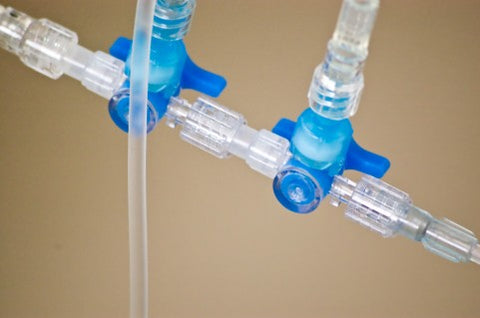What is “vascular aging” ?
March 24, 2021
What is “vascular aging” ?
Have you ever heard the term “vascular aging” ? Recently, it has become possible to measure the age of blood vessels at pharmacies, and we often hear about vascular aging.

So, what is the state of “vascular aging” ?
What are blood vessels?
Blood vessels are the tubes that carry blood from the heart to the rest of the body. Blood vessels include arteries, veins, and capillaries. As some of you may remember from science class, arteries are the blood vessels that send blood out of the heart, and veins are the blood vessels that return blood to the heart. And connecting the ends of arteries and veins are capillaries.
The blood flowing through arteries is arterial blood, which contains a lot of oxygen. Venous blood contains a lot of carbon dioxide.
Arteries have thick walls and are the thickest blood vessels because they pump liters of blood from the heart to the rest of the body. Veins, on the other hand, return blood to the heart, so the walls of the blood vessels are not as thick, and they are equipped with valves that prevent the blood from flowing back.
These blood vessels are there to circulate blood throughout the body, but as we age, the aging process can cause the blood circulation to become less smooth.
What is vascular aging?
In a nutshell, vascular aging is the weakening of the arteries. Arteries are made up of hot walls of blood vessels that pump large amounts of blood out of the heart. These walls are elastic to withstand the pressure of the heart pumping blood. However, if the walls lose their elasticity and become thicker or harder, or in other words, if they become “arteriosclerotic”, the blood that used to flow through them will not be able to flow properly, and there is a possibility that a myocardial infarction will occur.
Atherosclerosis and oxidative stress
Atherosclerosis is a disease that is related to oxidative stress.
Some of you may have heard that atherosclerosis is caused by cholesterol.
In a previous article, “Is Cholesterol Bad for You?“
There are two types of cholesterol, good cholesterol (HDL) and bad cholesterol (LDL), and sometimes people think that bad cholesterol (LDL) is the cause of atherosclerosis.
Actually, LDL, which is known as bad cholesterol, is not the problem.
LDL moves in and out of the walls of blood vessels in order to transport cholesterol to peripheral tissues.
When this LDL becomes “oxidized LDL” due to oxidative stress, it cannot pass through the walls of the blood vessels and clogs the walls of the blood vessels, causing blood clots and atherosclerosis.
In other words, when the body is exposed to oxidative stress, LDL oxidizes and causes arteriosclerosis, leading to aging blood vessels. Therefore, it may be said that aged blood vessels = oxidized blood vessels.
Finally.
Aging of blood vessels can lead to poor blood circulation and various diseases. Continued elevated oxidative stress in the body can also lead to vascular aging. By keeping a lifestyle that suppresses oxidative stress, we can maintain youthful blood vessels, prevent diseases, and expect to live a long and healthy life.

